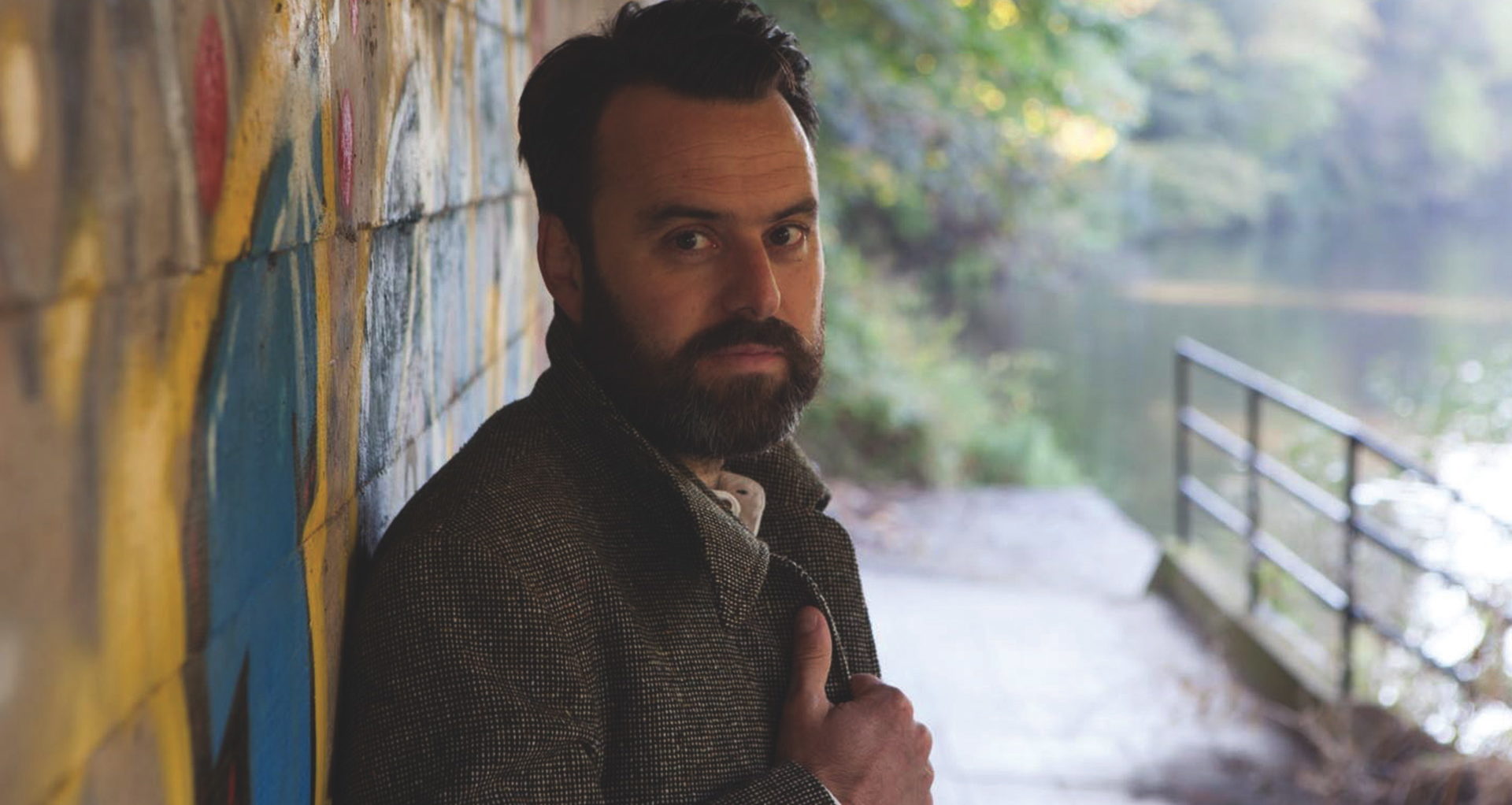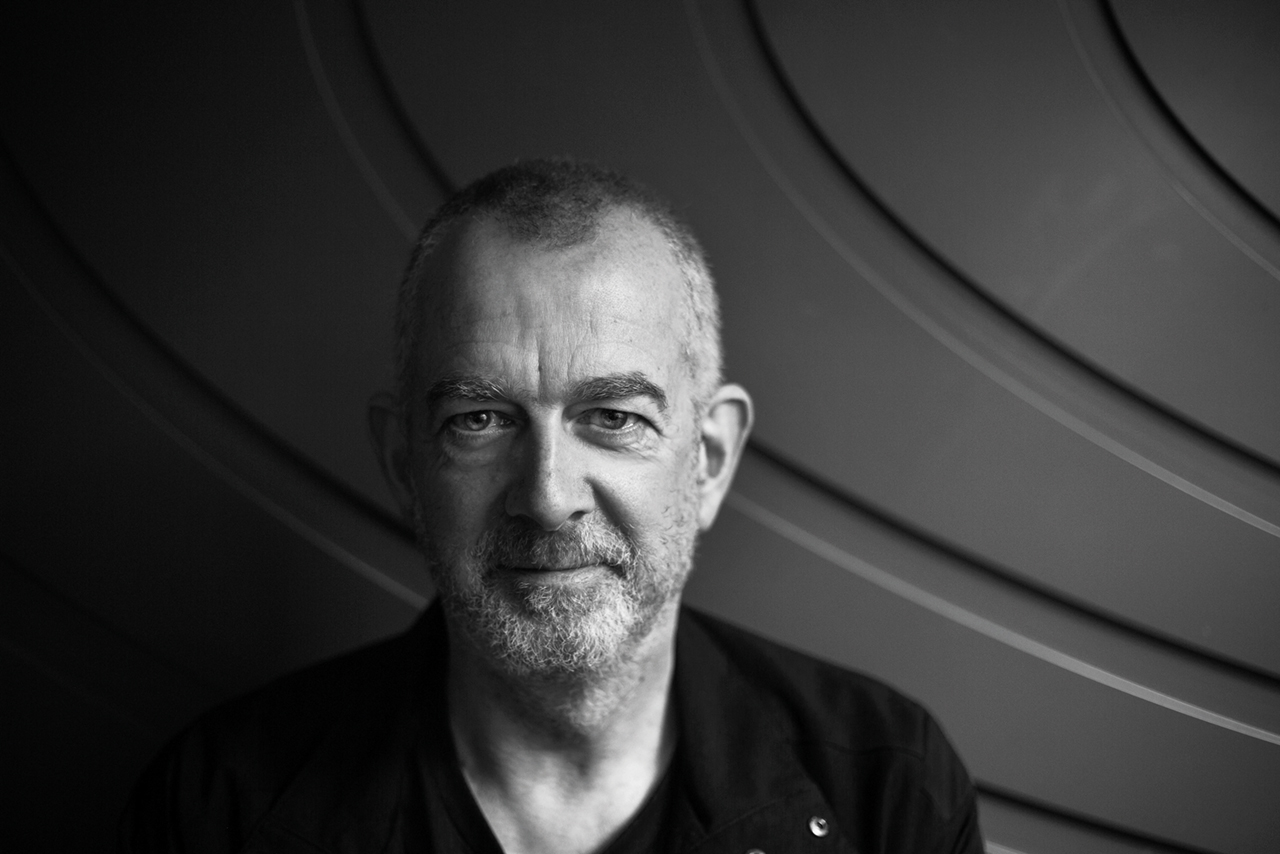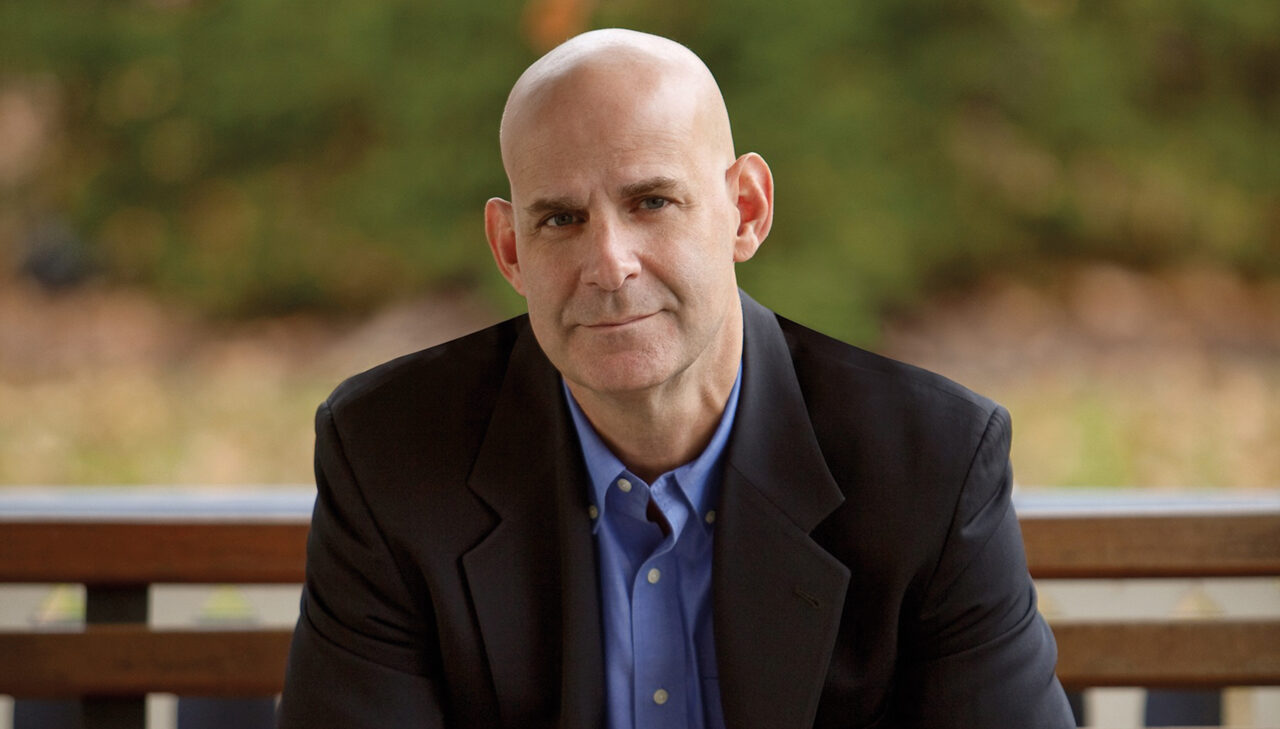In the season of decay, in a drug town with a tourist problem, jaded journalist Roddy Mace and disgraced detective James Brindle come together for their second Yorkshire outing in These Darkening Days (Moth, £7.99) . This time they’re on the case of a mysterious slasher but end up questioning the very nature of truth. The author of Pig Iron and Beastings, Myers is the winner of the Portico Prize For Literature and a Northern Writers’ Award.
These Darkening Days is inspired by the true story of the Halifax Slasher in 1938. Can local knowledge of the past and folklore inform current events as well as fiction?
As humans we’re products of our environments, so I don’t see why not. One interesting aspect of rural life is that often family lines can be traced back centuries in just one village or valley, whereas the larger cities tend to be comprised of people from far and wide. This sense of continuity and connection with place surely influences behaviour, culture, rituals, relationships.
You have managed to conjure the same compelling darkness that Val McDermid praised Turning Blue for. Did you consciously follow her advice to turn the brutality down a notch?
I like to surprise readers if possible, and it’s too easy to slip into formulaic writing or predictable scenarios, and These Darkening Days is certainly more subtle and less graphic than Turning Blue, which was written as an assault on the reader’s senses (and sensibilities). But I also toned it down for my own wellbeing, and because I want to avoid being seen as a writer who employs shock tactics for the sake of it. Necessary brutality can have its place – sometimes in crime writing the story demands that – but it’s also good to employ a lighter touch, increase tension through suggestion, sense of atmosphere or more delicate and poetic means.
Technology plays a part in These Darkening Days but it’s not an overbearing presence. Has tech transformed remote rural settings in reality?
The common perception is that technology has made the world smaller and brought us closer together, yet more people appear to be suffering from anxiety, depression or a general sense of loneliness than ever, so it’s clearly not the case. The modern world has a new set of fears now – a fear of being publicly shamed, of missing out, or being trolled. But, yes, people can live in rural places and have easier access to information, though that brings with it other problems. Also we haven’t yet conquered nature – floods, hurricanes, snowstorms, droughts and so on remind us of this often. I often wonder happens when humans are suddenly stripped of the energy and technology that we come to rely on too. I suspect half the population would struggle to light a fire these days. I hope that my novels explore that widening gap between people and the post-industrial agricultural world that we are speedily moving away from.
Is crime fame real and is it a symptom of our obsession with celebrity?
“Crime fame” is a term I use in the book to explore the wanton desire for instant celebrity status, often through the most extreme measures. I don’t even know what the word “celebrity” means any more, but I am certain it is not something positive. I equate it with all things facile, banal, temporary and empty, and “crime fame” is the ultimate conclusion for those who crave it; it refers to people who either commit crime or capitalise on victimhood to gain notoriety and make money out of it. Whether it’s real I’m not sure, but the glossy magazines are full of stories of those who use every aspect of their lives to stay in the spotlight. I’m thinking of those very minor celebrities who are quick to share their tales of heartbreak and tragedy in exchange for cash. It’s a slippery slope I think, when you are famous for being famous.
Jo Jenks is perceived as an attention seeker but in the final chapter you hint that she might have been coerced into her notorious career. Meanwhile Anne Knox endures domestic cruelty and probable abuse. Are you suggesting that violence against women is more insidious than knife attacks in dark alleyways?
It seems to me that violence against women is rife, and takes so many different forms – whether passive-aggressive controlling relationships through to domestic murders. Everything that is wrong with the world is down to men, and when the president of the USA can shirk off numerous sexual misconduct allegations to win an election, I despair. Most women I know of a certain age have suffered misogyny or some sort of vile incident. These men are chimps, and they’re everywhere. I’m aware that so much crime fiction features female victims, but it has to be carefully and thoughtfully handled so as not to sensationalise or normalise. I want to show that most women have been victimised at one point or another, and that as a male writer I am mortified and embarrassed by this. Any sensible person knows that women really run the world.
In the Pennine valley town in the book (seemingly based on Hebden Bridge) Old Valley folk live alongside progressive Offcomers – hippies, lesbians and liberals who embrace vegetarianism and are so committed to recycling they can’t even dramatically discard the bottles of booze they’re trying to abstain from. Can they live harmoniously in reality?
Oh, certainly. Hebden Bridge is a great example of a place in which people of many different walks of life, and with drastically different outlooks, can live alongside one another. The town has the same problems that any small northern town under a Conservative government has, but there is a spirit here, a resolve. Humanity’s future lies in our ability to move beyond political disagreements and quietly accept one another’s differences with grace and understanding. Hebden Bridge is certainly a unique place.
Is Valley bottom fever real and have you experienced it?
It’s real all right. Every autumn the gloom descends. I’d say it’s a form of seasonal affective disorder, in which factors such as persistent rain, a lack of sunlight and vitamins and the geography of the valley all conspire to drain your energy and send you a bit stir crazy. There are simple ways to counteract it though. Swimming, walking, getting away from the place.
Mace and Brindle seem to resolve their fractious relationship in These Darkening Days. What will you next explore in their relationship?
I have a third book in mind, in which I really want to explore them as people, rather than players in these grisly crime situations. Their sexuality is ambiguous, as it often is with people, and this is something I think I want to dig deeper with. They are an odd pairing, utterly dysfunctional, but I think perhaps they are beginning to realise that they need each other. It’s neither a love affair, friendship or working relationship, but something else entirely.





Leave a reply
Your email address will not be published.